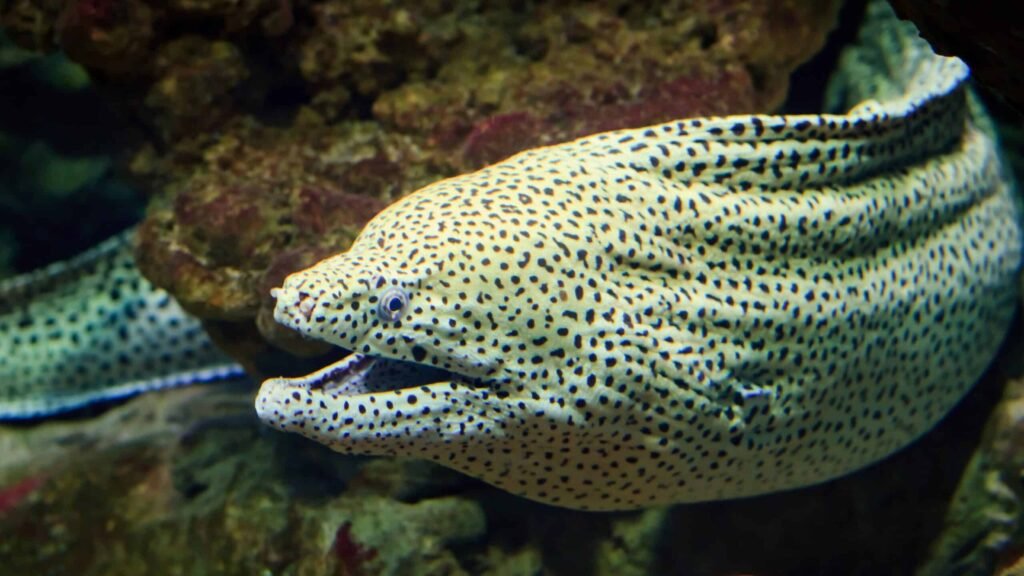Imagine a world where animals generate electricity, not through wires and power stations, but directly within their own bodies. This fascinating ability, found in creatures like the electric eel, captivates scientists and nature enthusiasts alike. Electric eels are not true eels but rather a type of knifefish, and they have honed the art of electricity generation to a fine science. These creatures have a unique place in the animal kingdom, and their electrical prowess is nothing short of remarkable. Let’s delve deeper into this captivating phenomenon and uncover the secrets behind their shocking capabilities.
The Anatomy of Electric Eels
Electric eels possess a body structure that is uniquely adapted for electricity generation. They can grow up to eight feet long and weigh around 44 pounds, with their elongated bodies housing organs specifically designed for electrical production. These organs are made up of specialized cells called electrocytes, aligned in series like a stack of batteries. This alignment is crucial for generating significant voltage. The eel’s skin also plays a role, insulating the internal electrical activity from the surrounding water. This intricate anatomy is a testament to nature’s ingenuity, allowing the eel to thrive in its environment.
How Electricity is Generated
The process of electricity generation in electric eels is both complex and fascinating. When the eel’s nervous system sends a signal, the electrocytes open ion channels, allowing sodium ions to flow and create a sudden voltage change. This rapid movement of ions generates an electric current. Each electrocyte produces a small voltage, but together they create a powerful discharge. This process is akin to flipping a switch, turning the eel’s body into a living power source. It’s a sophisticated mechanism that highlights the wonders of biological engineering.
The Purpose of Electric Discharge
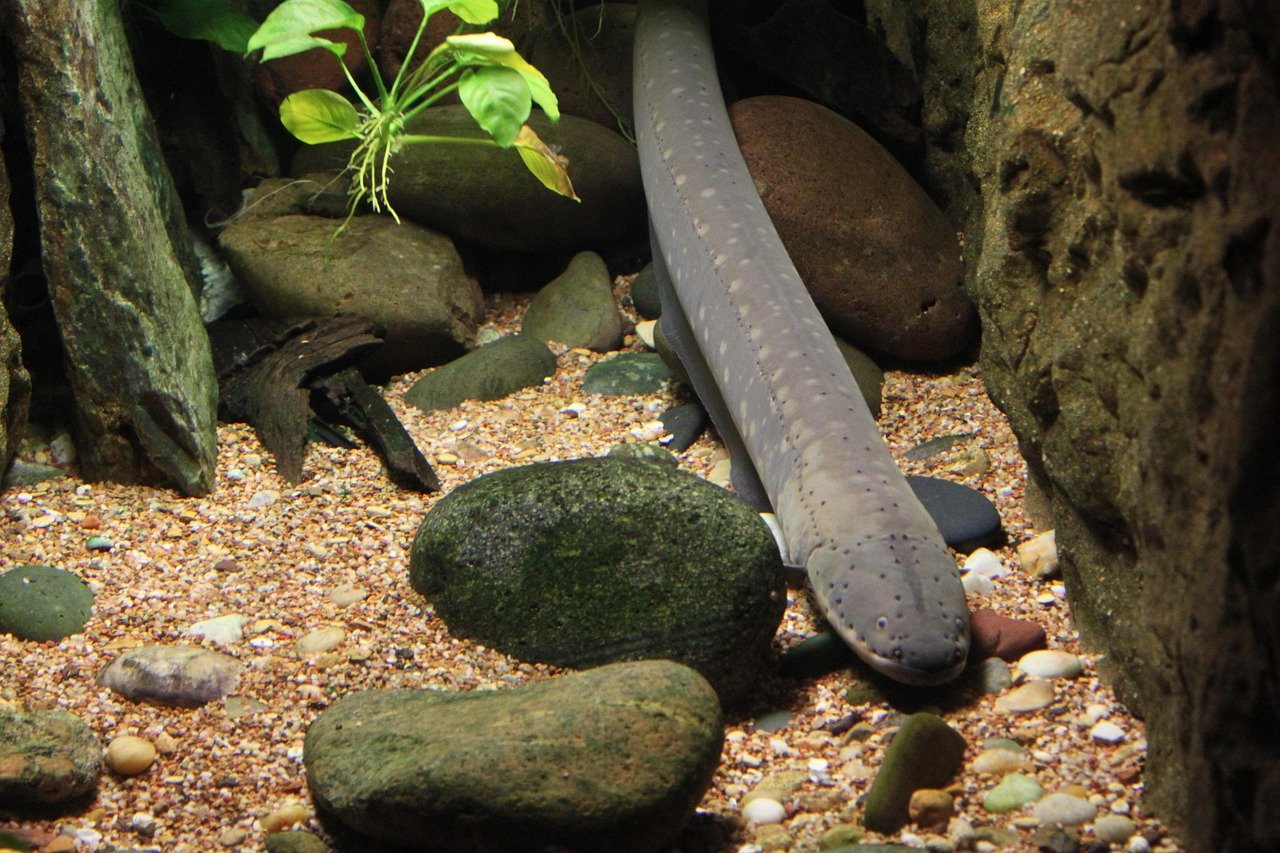
Electric eels use their electrical abilities for both offense and defense. Their electric shocks can stun prey, making it easier to capture and consume. This is particularly useful in the murky waters they inhabit, where visibility is limited. Additionally, the electric discharge serves as a deterrent to potential predators, offering the eel a means of protection. In some cases, eels use low-level electric fields for navigation and communication, creating a multi-functional tool that enhances their survival. This versatility showcases the evolutionary advantages of electricity generation in the animal kingdom.
Environmental Adaptations
Electric eels are native to the freshwater habitats of South America, particularly in the Amazon and Orinoco basins. These environments are often dark and cluttered with vegetation, making traditional hunting methods challenging. The eel’s electric abilities provide a distinct advantage, allowing them to hunt effectively in such conditions. Moreover, the ability to generate electricity in water, a natural conductor, is a remarkable adaptation that underscores the eel’s evolutionary success. This environmental integration is a prime example of nature’s adaptability and resourcefulness.
Comparisons with Other Electric Animals
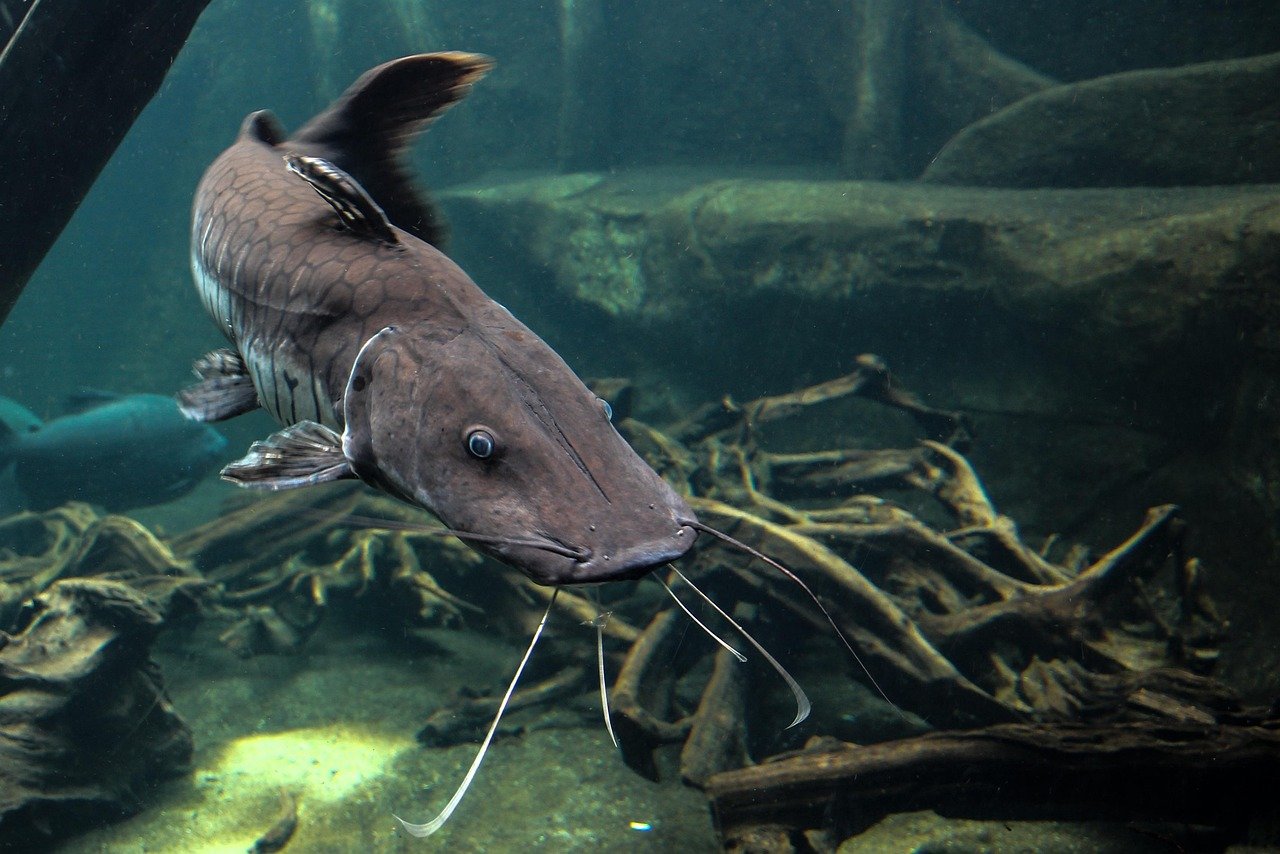
While electric eels are perhaps the most famous electric animals, they are not alone in this capability. Other species, such as the electric catfish and the electric ray, also generate electricity. However, each species has evolved different mechanisms and uses for their electrical prowess. For instance, electric rays use electricity primarily for hunting, while electric catfish use it for both hunting and defense. These comparisons highlight the diversity of evolutionary paths and showcase how different creatures have harnessed electricity in unique ways to suit their ecological niches.
The Role of Electric Eels in Ecosystems
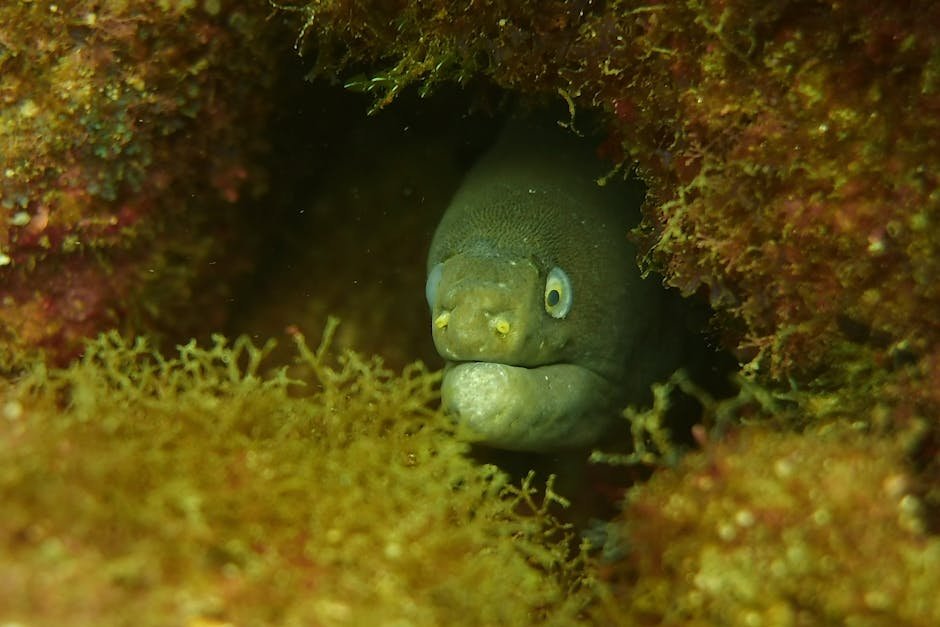
Electric eels play a critical role in their ecosystems, acting as both predator and prey. Their presence helps maintain the balance of species populations, contributing to the overall health of their habitats. As apex predators, they control the populations of smaller fish and invertebrates, preventing any one species from dominating. Meanwhile, their own presence as prey for larger animals like birds and mammals ensures a dynamic and balanced food web. This ecological significance underscores the importance of electric eels in maintaining biodiversity.
Scientific Research and Discoveries
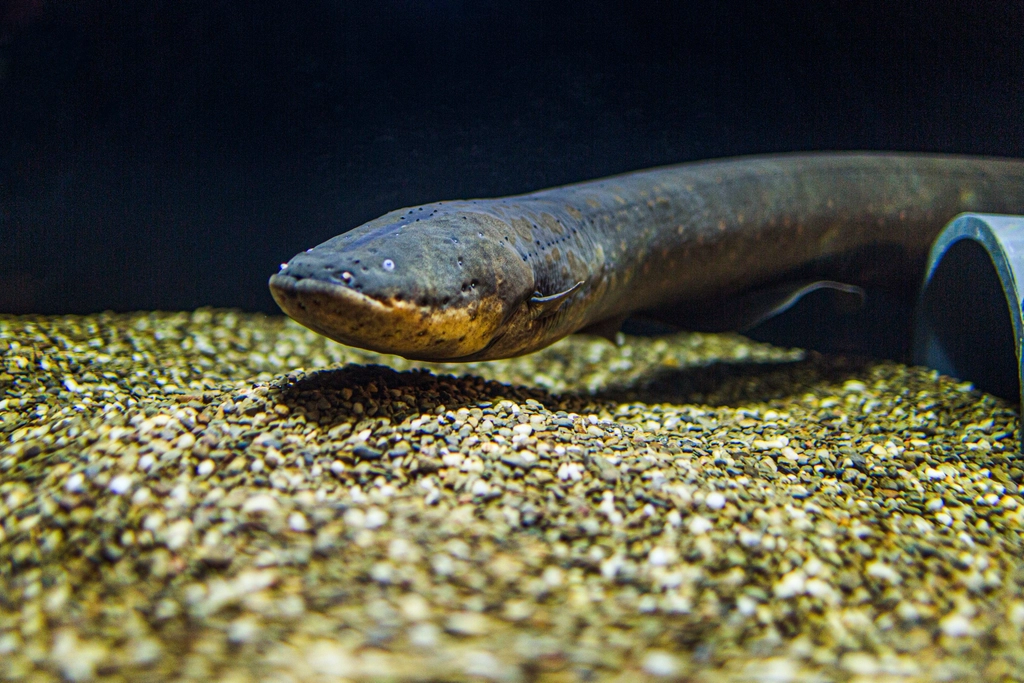
The study of electric eels has led to numerous scientific discoveries, particularly in the fields of bioelectricity and neurobiology. Researchers have gained insights into nerve signal transmission, muscle contraction, and even the development of bio-inspired technologies. Electric eels have served as a model for understanding electric phenomena in living organisms, paving the way for advancements in medical devices and renewable energy solutions. The ongoing research continues to reveal the potential applications of bioelectricity, bridging the gap between biology and technology.
Challenges and Conservation Efforts
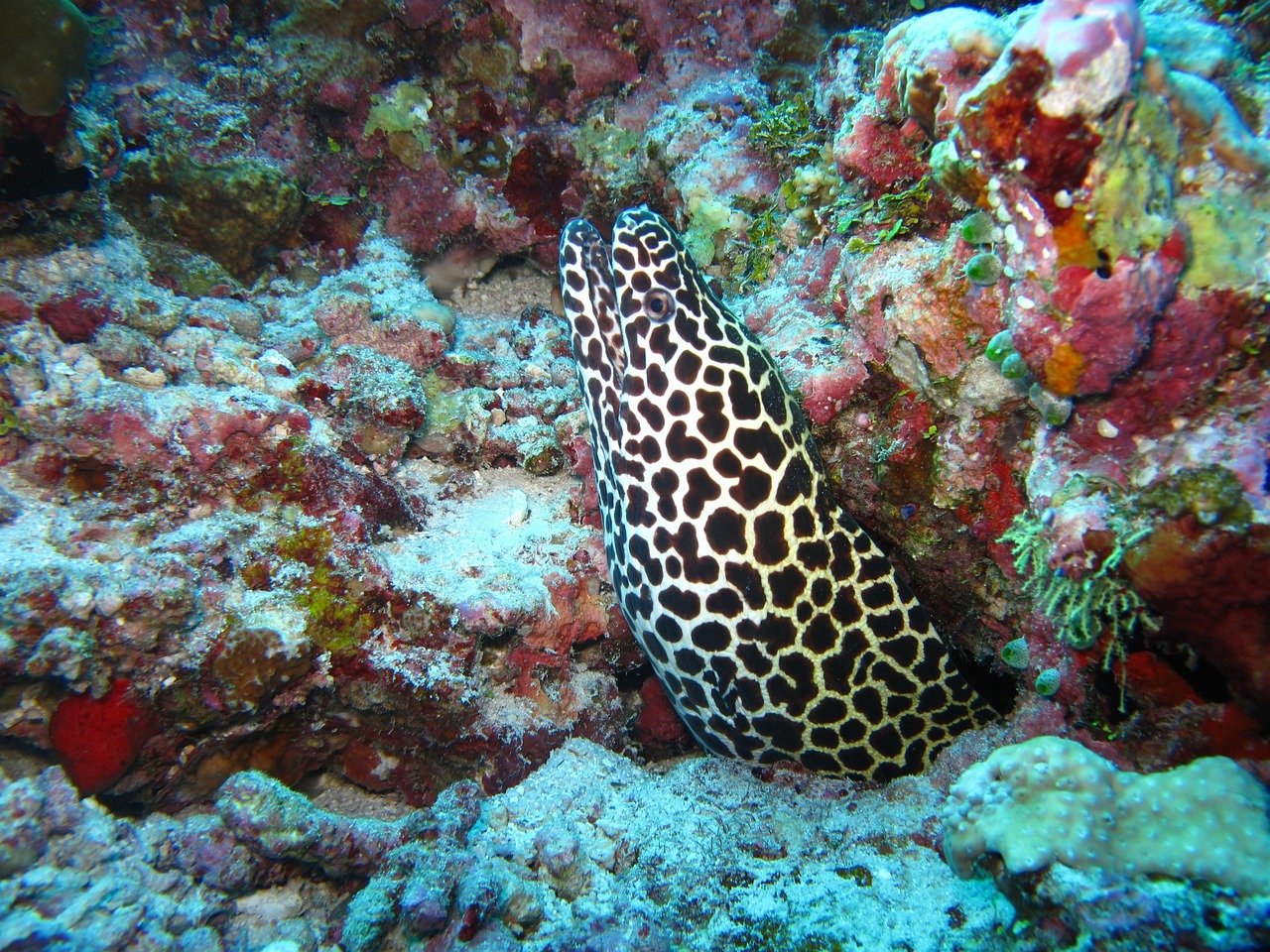
Despite their resilience, electric eels face several challenges in the wild. Habitat destruction, pollution, and overfishing threaten their populations, prompting the need for conservation efforts. Protecting their natural habitats is crucial to ensuring their survival, as is raising awareness about their ecological importance. Conservation programs and research initiatives focus on preserving these remarkable creatures and their environments. By understanding and mitigating human impacts, we can help safeguard the future of electric eels and the ecosystems they inhabit.
Intriguing Myths and Misconceptions
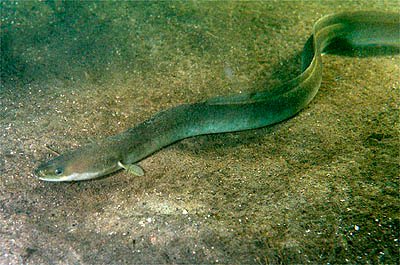
Electric eels have long been surrounded by myths and misconceptions, often portrayed as dangerous and aggressive creatures. While their electric shocks can be harmful, they are not inherently hostile and generally avoid human interaction. The exaggerated tales of their abilities have fueled both fear and fascination, highlighting the need for accurate information and understanding. By dispelling myths and promoting knowledge, we can appreciate electric eels for the remarkable beings they are, rather than the fearsome creatures of folklore.
The Future of Electric Eels
As we continue to explore the world of electric eels, the future holds exciting possibilities. Advances in technology and science may unlock new ways to harness electricity from biological sources, inspired by these incredible animals. The study of electric eels may lead to breakthroughs in sustainable energy and biomedical engineering, offering solutions to some of humanity’s greatest challenges. By embracing the wonders of nature and learning from its innovations, we can create a brighter and more sustainable future for both humans and electric eels alike.

